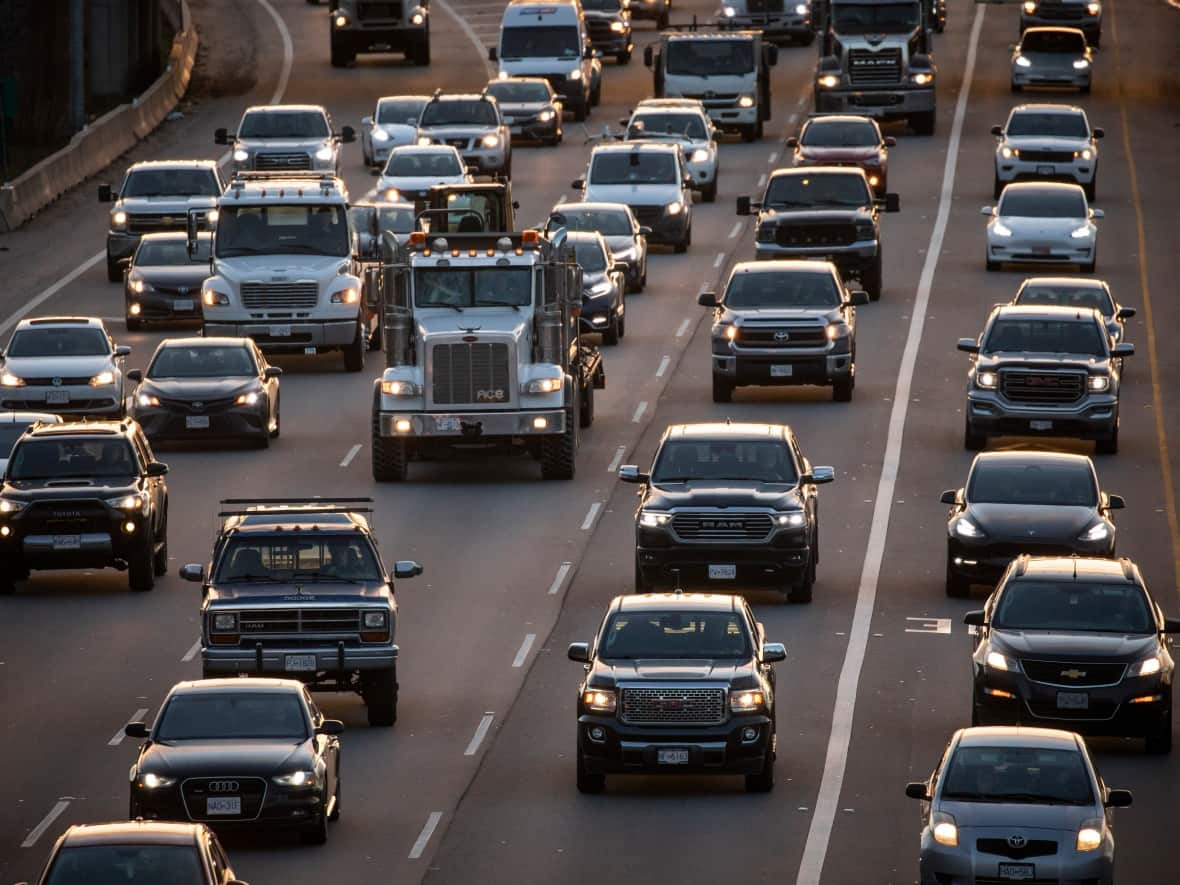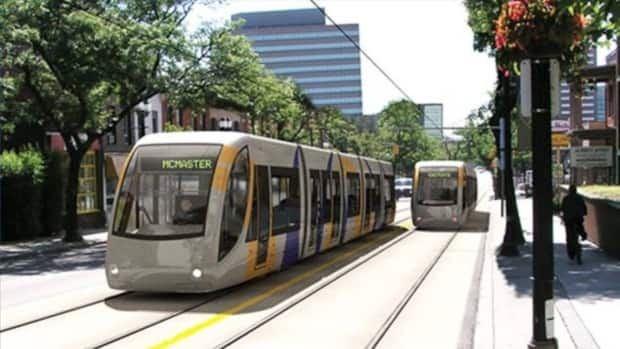Data shows how much time Hamiltonians spent in rush hour traffic in 2022

Drivers in some of Canada's major cities spent an average of roughly 144 hours in rush-hour traffic last year, according to new data from location technology company TomTom.
The global report, released last week, shows Toronto and Vancouver were the two worst cities in Canada, the third and fourth worst in North America and 30th and 31st worst worldwide when it came to time spent driving in traffic, with 199 hours and 197 hours respectively.
Globally, London, U.K.; Bengaluru, India; and Dublin, Ireland were the three worst cities globally with 325 hours, 260 hours and 277 hours stuck in rush hour traffic, respectively.
Ten other Canadian municipalities — Winnipeg, Montreal, London, Halifax, Edmonton, Ottawa, Hamilton, Calgary, Kitchener-Waterloo and Quebec — were included in the report, which analyzed drivers' average travel time based on a one-way 10-kilometre commute.
The report allows people to select individual cities and calculate how long it would take to travel through them, as well as how much carbon dioxide is emitted and how much money is spent on fuel.
For example, in Hamilton, drivers travelling 10 kilometres one-way in 2022 lost 114 hours in traffic, spewed roughly 1,737 pounds of carbon dioxide into the environment and spent $601 filling up their tanks. That's 13 minutes and 40 seconds consumed by traffic daily, according to the data.
A transportation researcher says the data shows a need to improve how people move around their communities.
"It is a lot of time," said Bruce Newbold, a professor in McMaster University's school of earth, environment and society.
Average number of hours spent in rush hour traffic in 2022
Andy Marchant, TomTom's global product marketing lead, said the travel times for Canada's biggest cities "aren't that bad" compared to European cities in the report, but noted the times have gotten worse compared to the previous year.
He said that's because the pandemic impacted how people commuted but now people are re-adjusting to pre-pandemic times.
Newbold said he thinks some figures in the TomTom data are likely underestimating travel time, especially given how some people in cities like Hamilton commute to metropolises like Toronto to work.
Driving from downtown Hamilton to downtown Toronto, for example, can range 68 kilometres to 76 kilometres depending on if someone uses Highway 403 or the Highway 407, according to Google Maps.
Newbold said his own research using national data from Statistics Canada has indicated it's common to see people's one-way commute times stretch between an hour to two hours.
He also said the commute time and the length of their route increased between 2011 and 2021.
Newbold said people migrating from city centres to suburbs and remote areas drives up commute times and said cross-commuting, where people have to travel across downtown to get to work, like driving from Mississauga, Ont., to Scarborough, Ont., also adds to congestion due to a lack of public transit.
More roads 'doesn't solve the problem'
Leslie Woo, chief executive officer of civic engagement non-profit CivicAction, said the amount of time people are spending in traffic is "tragic."
Woo said the key to fixing it is community consultation with a diverse set of voices, especially given how the pandemic impacted people's habits and trust in government. She added leaders need to be on the same page, too.
"Money alone is not going to solve this problem, or rather, money spent in the same places that we've always spent it is not going to solve it," she said.
Marchant said there's no one-size-fits-all solution to traffic, but noted, in general, improving public transportation and allowing people to work from home more often are some solutions.
"Building additional roads generally doesn't solve the problem, they just fill up," Marchant said, adding electric vehicles would reduce the environmental impact of traffic but not congestion.
Newbold also said building more roads or highways won't fix the problem.
Instead, he said building public transit linking people across communities rather than just into the city core would help.

In Hamilton, the city has been waiting for light-rail transit (LRT) to be built.
The $3.4-billion project, which has faced pushback and numerous delays, will see 17 stops run along 14 kilometres between McMaster University and Eastgate, alternately on King and Main streets.
Newbold said projects like LRT might cause short-term traffic struggles but will have long-term benefits.
"The LRT should help to alleviate traffic on the city's roads, with the benefit of reducing emissions and providing cleaner air in the city."
He also said walking or cycling more often are options, but that won't work for people who live far from work, have mobility issues or face safety concerns with a lack of bike lanes and walking paths.
Marchant said he hopes the data will help people figure out what they can do to reduce their commute times, minimize their impact on the environment and save money.
"All of those things add up and become more of a benefit than bringing in taxation," he said.
"Showing people what they benefit from not driving, I think, is a stronger message."


